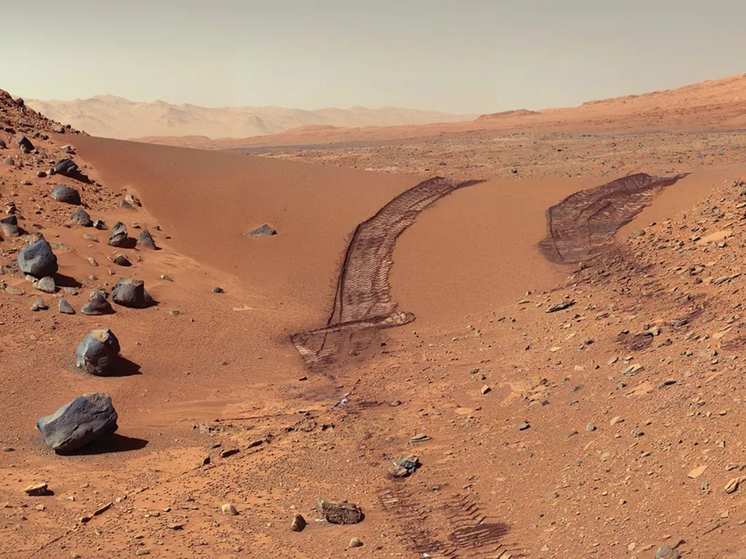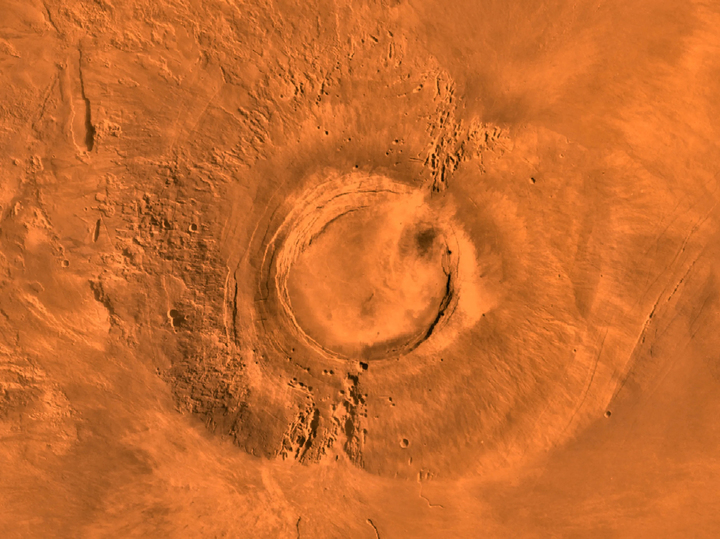Water ice exists on individual Martian volcanoes
Planetary scientists have discovered something unexpected happening above the highest peaks of Mars. The volcanoes in the Tharsis region show traces of frost, but it is not frozen carbon dioxide like other places on Mars. This is water ice.

Mars has a thin atmosphere made mostly of carbon dioxide, and these extinct volcanoes rise through much of it. The largest of these is Mount Olympus, which is a shield volcano with a diameter of 600 kilometers, which is approximately the size of the entire state of Arizona.
Other volcanoes, Mount Arsia, Mount Pavolina and Mount Askrei, are located at an altitude of 14 to 18 kilometers. Volcanic calderas sag, creating space for frost to condense—a unique microclimate that allows water ice to condense even at low latitudes where volcanoes are located. Altitude was not expected to affect frost formation because the Martian atmosphere is so thin.
«We thought that frost couldn't form around the equator of Mars because the combination of sunlight and the thin atmosphere keeps both the surface and the mountain tops relatively warm – unlike on Earth, where you might expect to see frosted peaks,» explains scientist Adomas Valantinas, who made the discovery in 2008.
For several years, researchers have been studying the cloud of water ice that forms from Arsia Mons during the Martian spring. Now it turns out that other watery phenomena are happening there, too. Volcanoes concentrate the small amount of moisture present in Mars' atmosphere into a region at the summit that is just right for ice to condense.

“Winds rise up mountain slopes, carrying relatively moist air from the surface of the earth to high altitudes, where it condenses and settles as frost,” added Nicholas Thomas. “The frost we see on the tops of Martian volcanoes appears to settle in the shaded areas of the calderas, where temperatures are cooler.”
Not only are these volcanoes the tallest in the entire solar system, but they are also very well studied. But the frost was noticed only now, why?
There are several reasons: firstly, an orbit is needed that will allow scientists to observe the location in the early morning. While ESA's two Mars orbiters — Mars Express and TGO — are in such orbits and can observe at any time of day, many of the other agencies are instead synchronized with the Sun and can only observe during the afternoon. Second, frost deposition is associated with colder Martian seasons, which further reduces the possibilities for detecting it.
This discovery adds some important knowledge to what we know and expect about water on Mars, and will have important implications for future research by both robots and humans.


